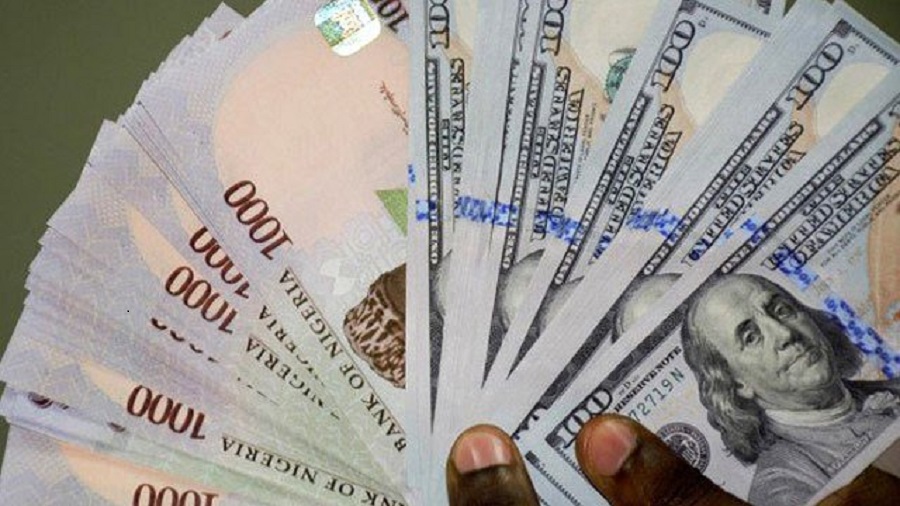
The naira gained 23.51 per cent against the dollar in one week to close at N889.86/$ on the official Investors and Exporter window on Friday.
This is a N209.19 gain from the all-time official low of N1,099.05/$ it fell to last week Friday according to data from the FMDQ Securities Exchange. Last week Friday, the naira fell to an all-time low to cap what has been a turbulent couple of months for the national currency.
The N1,099.05/$ is the lowest rate the naira has officially closed since the Central Bank of Nigeria adopted the I&E window as the official trading channel for the naira. On Friday, the naira opened trading at N901.12/$ before closing at N889.86/$.
Despite its recovery, the national currency is not out of the woods yet with dollar shortages persisting in the country. The World Bank recently disclosed that since May, the naira has depreciated by 41 per cent in the official market and by 30 per cent in the parallel market, leading to higher cost of importation and partly contributing to elevated levels of inflation which rose to 28.20 per cent as of the end of November.
In its December Edition of the Nigeria Development Update, the Bretton Woods institution, however, expressed confidence that the naira will recover when it said, “Similarly, while the depreciation of the naira contributes to short-run inflation, over time a more transparent, market-reflective, and flexible exchange rate, underpinned by monetary policy tightening, is also likely to be more stable, thereby easing the pressures on inflation.”
A lot of pressure the naira is facing in the market has been tied to backlogs of FX contracts, and the apex bank has recently begun to clear these contracts.
Commenting on the issue of volatility recently, the CBN governor, Olayemi Cardoso, disclosed that the CBN is working to minimise the volatility of the naira against the dollar. He noted that the bank is taking a comprehensive look at all its different FX policies in the past in a bid to rethink its FX approach.





